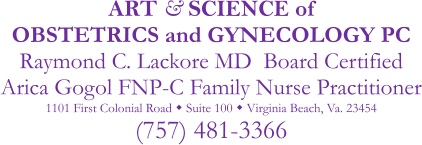If you have just had a baby, there are some special considerations. You may restart egg release (ovulation) as soon as three weeks following delivery (before a you realize you are at risk!). Planning for birth control after the baby is born should begin before birth. If you are breast-feeding, this should influence your choice. A newborn takes a LOT of work so your birth control method should be as convenient for you as possible. You may simply avoid intercourse for a while as you method of birth control.
PRIOR TO LEAVING HOSPITAL Breast-feeding is strongly encouraged. You should receive information about lactational amenorrhea – a special way to use breast-feeding to reduce your risk of pregnancy.
• Pelvic rest (no douching, no sex, no tampons) is generally recommended for 4-6 weeks. Many women choose NOT to follow this advice in spite of increased risk for infection. Some clinicians encourage women to become sexually active when they feel comfortable and ready
• Avoid intercourse until bleeding from childbirth has stopped and you are no longer sore.
LEARN AHEAD OF TIME and HAVE A PLAN !
• THE MINI-PILL: (progesterone only pill) may be provided (Ortho-Micronor), specially formulated for breast-feeding. Slightly less effective and must be taken at roughly the same time every day +/- 3 hours. Started on the first Sunday after your baby is one month old and taken every day of the month like a vitamin pill. Associated with slightly higher irregular bleeding. Have a back-up method as needed if started when you are not on your menses.
• The IUD – usually Mirena – may be inserted if uterus has returned to normal size. (breast-feeding not affected)
• CONDOMS Condoms may be used as a transitional method AS NEEDED for return of menses, decrease in breast-feeding, or passage of 6 months time since birth. Will also reduce risks of infections; withdrawal can be used at any time
• THE BIRTH CONTROL PILL: (combined oral contraceptives) may be prescribed for non-breastfeeding women starting 4 weeks postpartum (risk of blood clots in the legs associated with pregnancy reduced by that time). While a low dose pill may also be safely taken with breastfeeding, they are known to reduce breast milk production. This may reduce your baby’s chances for successful breastfeeding.
• DIAPHRAGM may be fitted after pelvis/cervix returns to normal size and shape at 8 weeks.
• WITHDRAWAL ( good luck – you’ll need it!)
• EMERGENCY CONTRACEPTION (Pills) may be given if needed.
• TUBAL STERILIZATION OR VASECTOMY – only if you are ABSOLUTELY sure… its permanent.
• NATURAL FAMILY PLANNING (NFP) AND FERTILITY AWARENESS METHODS (FAM) should await resumption of normal cycles.
• LACTATIONAL AMENORRHEA (LAM). Exclusive Breastfeeding (with no bottle supplementation) may be used as birth control as long as All 3 (three) rules are met: (I put LAM at the end because busy, tired, new moms forget these rules easily)
- Exclusive breastfeeding – no supplements
- First six months only (following birth)
- No return of menses after the first 56 days, defined as any two days of bleeding or more.Last updated 7/21/13 by R. Lackore MD.

